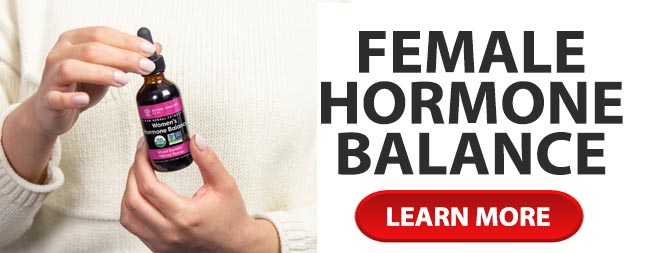Women are delaying childbearing until their later years as they establish their careers in the workplace. This has led to more and more woman attempting to have their first born on or near their 35th birthday. Unfortunately fertility after 35 is challenging – though not impossible.
The challenges of fertility after 35 occur at both pre and post conception. In a woman over 35 years, ovulation is an issue as are the quality of the eggs. The lining of the uterus isn’t always able to support a pregnancy and allow implantation of a fertilized egg. The risks of fertility after 35 extend to post conception when there is a higher risk of miscarriage due to chromosomal issues and a higher risk of diabetes and hypertension during the pregnancy.
The difficulties with fertility after 35 don’t actually begin at the magic age of 35 but rather are on a gradual decline from the age of 32. Once a woman becomes 40 fertility decreases even more significantly.
One method doctors have of measuring your fertility after 35 is to measure the level of FSH which will indicate the quality of the eggs. Levels under 10 represent good egg quality. Women also have another indicator in the regularity of their cycles and fertility chart. The more regular the cycles are and the more regular the fertility chart is, the more likely the eggs are of good quality.
Fertility after age 35 can be somewhat affected by making positive health changes, which include losing weight, stopping smoking, decreasing caffeine intake and not drinking any alcohol and getting regular exercise. These changes will help to make your body more receptive to a pregnancy as well as help to ensure a healthy baby.
Infertility is usually measured by a couple having unprotected sex for six months without conceiving a child. However, in the case of fertility after age 35, women should make some adjustments to the way they may be approaching a doctor’s appointment. First, be aware that infertility specialists are difficult to get an appointment. If you have any idea that you may have problems you should make an appointment. The appointment can be timed to happen after you would have been trying to get pregnant for at least six months.
When you make the appointment be sure to ask what information the doctor would want you to bring with you. Most of the time, your physician will want a two or three month history of your menstrual cycle and your basal body temperatures. The first questions the specialist will answer are about the quality of your eggs, a sperm analysis and whether your fallopian tubes are open and moving well.
If you are going to be older than 35 at your due date you will be offered genetic counseling. A genetic counselor can help you understand the risks of fertility after 35 and decide if you want genetic testing or screening for chromosomal problems or other birth defects. Genetic testing can be done prior to a pregnancy. Some families decide that chromosomal testing of the baby is necessary to prepare for the potential of a child born with chromosomal problems. The risk of having a baby with Down’s Syndrome rises from 1 in 759 at age 30 to 1 in 302 at 35 and 1 in 82 at age 40.
Problems with fertility after age 35 include issues with getting pregnant, as well as maternal and baby issues once you are pregnant. Some of these problems can be gestational diabetes, pre-eclampsia or placental abruption. The babies can suffer from premature birth, cesarean section, and still-birth.
Despite decreased fertility after 35 an impressive 20% of first born babies were born to women in the US over the age of 35. As science and technology improve it continues to increase the chances of a pregnancy in woman over 35.

